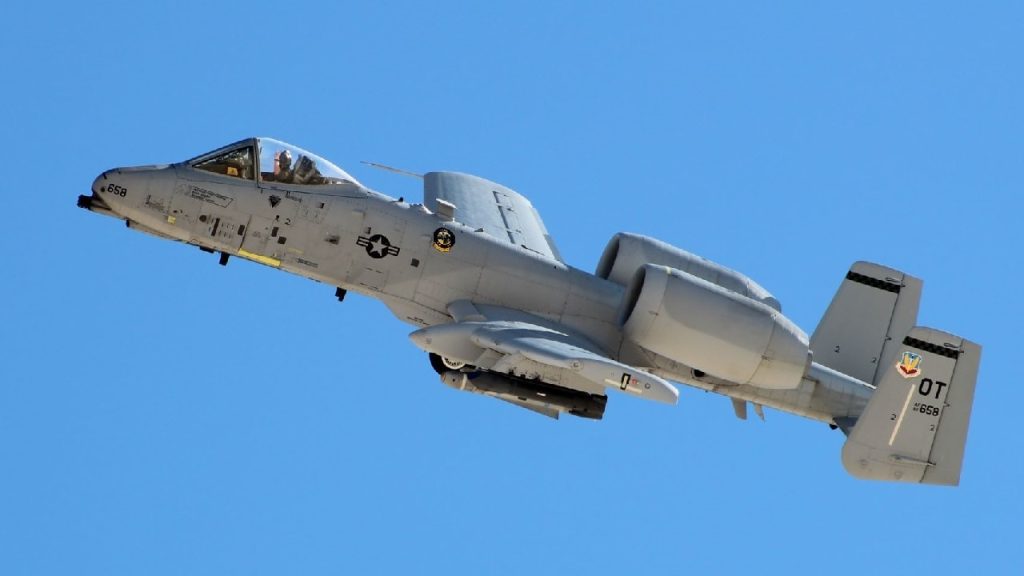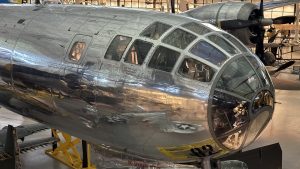Although it was designed specifically for close air support, the Fairchild A-10 Thunderbolt II is now showing its age. The introduction of modern reactive armor could be decisive.

A-10C munitions render Explosive Reactive Armored tanks inoperative during test.
Increased lethality of the A-10C Thunderbolt II The Fairchild A-10 Thunderbolt II, with its distinctive GAU-8/A Avenger 30mm (1.18-inch) gun, has proven to be one of the most effective anti-tank aircraft ever created. It was designed specifically for close-air support.
The United States Air Force has already shown this year that the plane, known as the “Warthog” among its pilots, can destroy heavily armored contemporary tanks.
On the 14th to the 25th of February 2022, the 422nd and 59th Test and Evaluation Squadrons conducted the first-ever tests at the Nevada Test and Training Range, showing that even modern armored vehicles fitted with explosive reactive armor were vulnerable to the A-10C Thunderbolt II’s GAU-8 Avenger.
Every test involved two A-10Cs firing armor-piercing incendiary rounds at two dummy main battle tanks fitted with ERA. To gauge the weapon’s effectiveness against the heavily fortified targets, the pilots manipulated the attack’s parameters and changed the attack’s direction. The 53rd Wing’s news office stated that the tanks had been rendered inoperable after post-shot video and photo imagery analysis. A visual assessment of the targets revealed the extent of the battle damage inflicted against them.
A-10s can fire on nine or ten targets before running out of ammunition, according to Maj. Kyle Adkison, commander of the 422nd Tactical Electronic Systems Armament (TES A-10C). When deployed against large forces, A-10 formations may fire 30-millimeter explosives at roughly 40 armored vehicles. The quantity of firepower therein is impressive.
The nose-mounted 30mm GAU-8/A gun can unleash 3,900 rounds per minute. The United States Air Force issued an RFP for a 30mm rapid-fire cannon in the early 1970s to be employed on an A-X Close Air Support aircraft. To test new technologies, General Electric created a prototype known as the GAU-8. The government contract for this cannon also required the creation of four other types of ammunition:
- An armor-piercing incendiary round
- A high explosive incendiary round
- A semi-armor-piercing high explosive round
- A target practice round
They tested the efficiency of the AGM-65L Maverick and the AGR-20E Advanced Precision Kill Weapons System alongside the standard 30 mm cannon ammunition.
It’s been a long time; 1st Lt. Christopher Earle, an A-10C operations test analyst with the 59th Test and Evaluation Squadron, said that testing began in 2020. Now that it has materialized and been proven effective, the Air Force may move forward with testing different types of anti-armor munitions against ERA and gathering more information.
It’s widely agreed that the A-10 excels in missions that require quick reactions and combat effectiveness. According to the findings of a recent Air Force test, the A-10 can still deliver devastating fast firepower to enemy vehicles operating in a contested environment.






